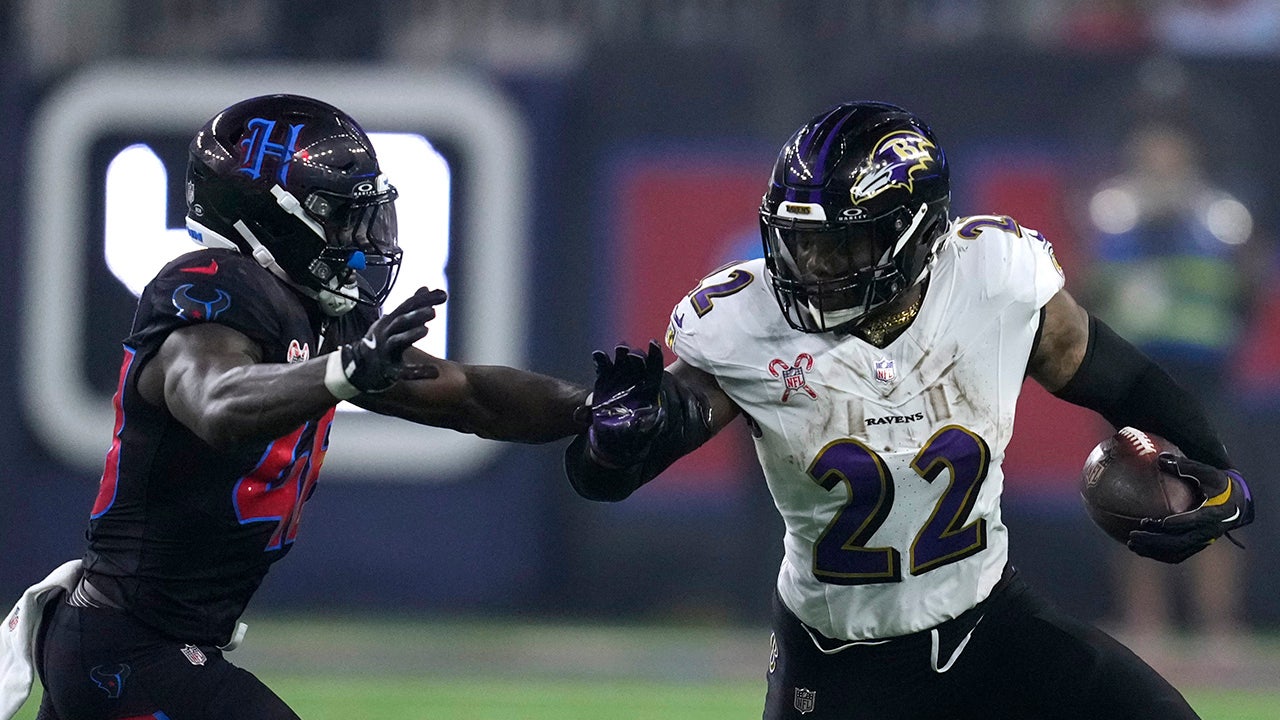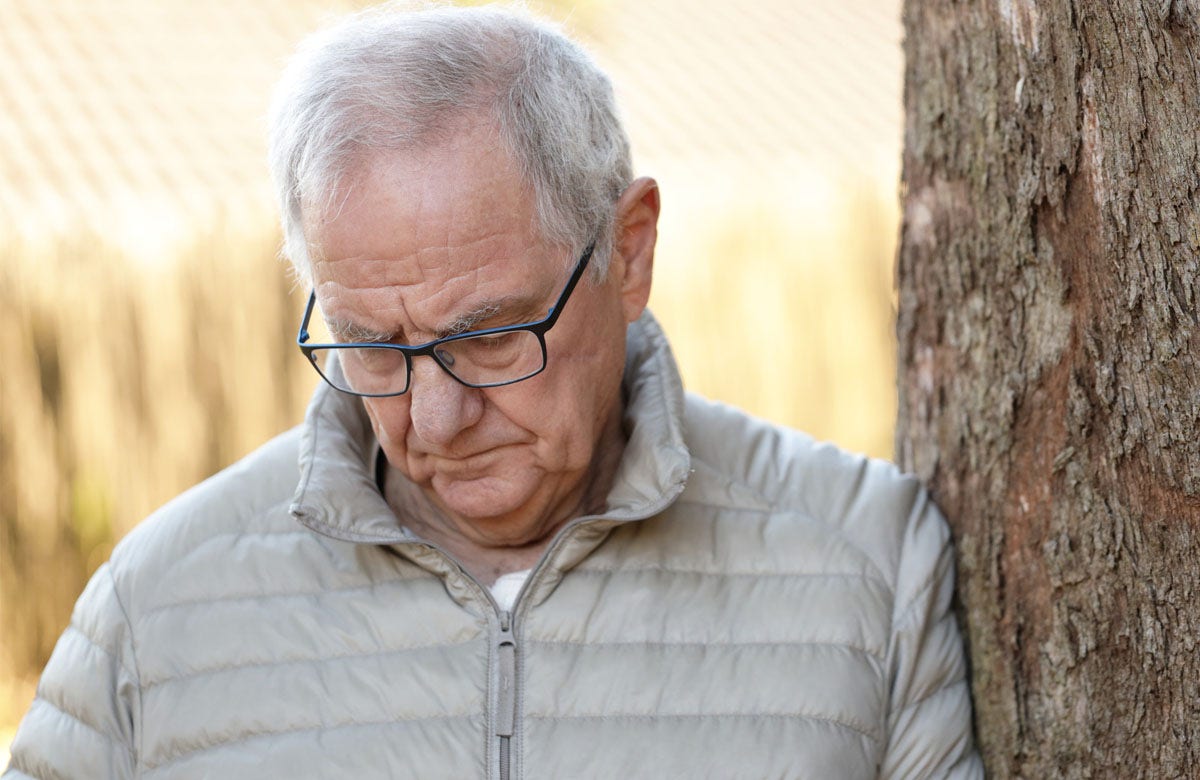Something about the young man didn’t strike the panel as “conductor” — let alone a “symphony” one. There was no furrow in his brow, no impatience in his demeanor. No authoritative forward tilt or imposing hunch of shoulder. No sense of some torturous inner dialogue pulling him from the foolishness of this game show. He was, instead, utterly pleasant, polite, quiet, unguessable.
Granted — this was before Ozawa, the acclaimed international conductor who died in Tokyo last week of heart failure at age 88 — was absolutely everywhere.
Within a few years of his turn on “What’s My Line?” Ozawa would trade the prim and proper suit he sported on screen for his preferred uniform of turtlenecks, blazers and love beads. He’d grow his hair out and let it down. And he would go on to turn the Boston Symphony Orchestra, where he served as the 13th and longest-serving music director in the history of the BSO (29 seasons from 1973 to 2002) into a global orchestra, touring Europe, China, Japan, Hong Kong and South America. In the process he would become the first Asian classical conductor of world renown.
As a kid growing up in central Massachusetts, I’d sometime see him on public television, leading the BSO on episodes of “Great Performances.” Ozawa was beloved locally but well-known enough nationally that one could also catch him on “Sesame Street” — attempting to conduct Placido Flamingo on “Pretty Great Performances.”
When I recall these early exposures to Ozawa — his flailing, scooping arms, his twisting torso, his bouncing hair and insistent eyes — it occurs to me that he was the first conductor I understood, whose movements seemed to register through the orchestra as though he were playing the instruments by mere intention. He didn’t seem like a harsh coach or a mean boss — if anything, there was something playful about him, the way he threw his body into the sound.
What I was registering was the conductor’s intense physicality — a gift to his players and a hallmark of his style. (It was, after all, two broken index fingers from a rugby injury as a teen that pushed him from the piano bench to the podium.)
Ozawa’s conducting style was a full embrace of the music before him, a faith in its shape more than a plan of attack. One of Ozawa’s mentors, Leonard Bernstein (the other was Herbert von Karajan) liked to speak of the “inevitability” at the heart of a composer such as Beethoven — the idea that the next note was the only one that could come next.
But Ozawa seemed instead to impart an ethos of openness to the music he conducted, never containing any of it enough to develop anything as distinct as a “specialty.” He was as committed to hearty German repertoire as he was intrigued by the French composers held dear by Munch at the BSO; throughout his career, he championed the music of a variety of contemporary composers including Henri Dutilleux, Peter Lieberson, Olivier Messiaen and Toru Takemitsu. Ozawa’s love of composers was profound and enduring, but staunchly free — he reserved his devotion for the Red Sox.
Even today, listening to some of the hundreds of recordings he made of the symphonies of Mahler, Brahms and Beethoven — works he knew and understood in exacting detail — the music doesn’t feel directive or documentary. Rather, it feels alive and charged with possibility, as though Ozawa were cutting a path through the music and discovering it along with you, as though the journey (or the view) wouldn’t mean a thing if you weren’t there to behold it. (At a 1981 concert at the Kennedy Center, he led the orchestra in Anton Webern’s “Five Pieces for Orchestra” twice in a row to make sure the audience really heard it.)
Ozawa was the first conductor that made me feel like listening was participating — that sitting there was tantamount to coming along.
In 2010, the Japanese novelist Haruki Murakami, who for years had maintained a casual friendship with Ozawa, embarked on a more focused series of conversations about music with the conductor, then recuperating from treatment for his esophageal cancer.
Murakami saw a reflection of himself in Ozawa’s joy, hunger and stubbornness as an artist; but in Ozawa’s unique connection to the music (and his determination to perform it against doctor’s orders) the writer also saw a sui generis presence and a singular purpose: “He can’t help himself,” Murakami wrote. “He has to do this.”
“To put it simply, this man was living in a world that transcended reasonable ways of thinking, just as a wolf can only live deep in the forest.”
If you haven’t read “Absolutely on Music” — the resulting book of discussions, published in 2011 — the passage of time has bestowed an arresting resonance upon its six candid conversations, the maestro’s sometimes short-spoken “Ozawa-ese” (as Murakami termed it) mellowed and opened into easy, engaged conversation about the music he loves the most.
They discuss Beethoven’s third piano concerto in the hands of Glenn Gould and Rudolf Serkin under the batons of Karajan, Bernstein and Ozawa himself (who unfairly keeps some juicy Gould anecdotes off the record). They discuss the movement of the BSO’s sound from light, French-inspired playing to Ozawa’s Germanic-informed concentration on playing “into the strings.”
They talk about how rhythm informs their respective disciplines. They mull the sound of Brahms in different concert halls — like Symphony Hall in Boston, where Ozawa recalled the rumble of the Green Line below. He recalls Pavarotti comforting him after a turn conducting “Tosca” earned days of boos. And they discuss how young Seiji’s childhood lessons with Hideo Saito instilled within him skills that would transcend language and define his approach to music for decades to come.
The two men go back and forth in a conversation so effortlessly alive with details and detours, it becomes easy to forget that Ozawa is fighting for his own life — taking breaks to stretch his back, or rest off post-surgical pain, utterly exhausted but restless to say more.
Ozawa especially lights up in a conversation about his teaching life — a vital aspect of his career as the founder of multiple music academies in and outside of Japan: “There’s no single way to teach,” he says at one point. “You make it up as you go along.”
It’s the kind of casual advice you’d expect from Ozawa, forever finding his path to others through the music he loves, and encouraging players and listeners alike to find their own.
“Somebody like me could never write an instruction manual,” he told Murakami. “I don’t have anything to say until I’ve got a musician right in front of me.”














































